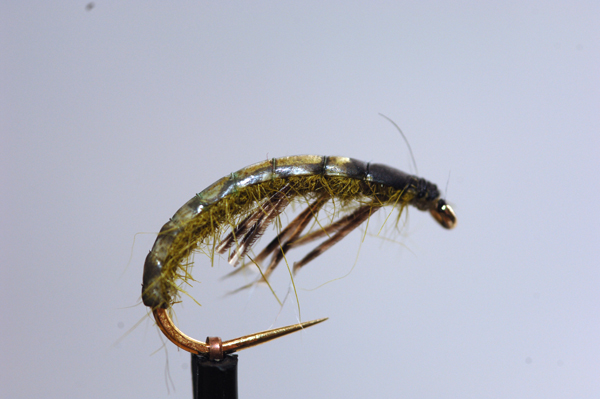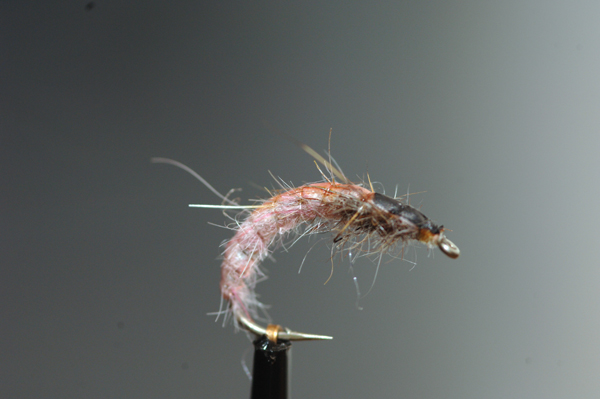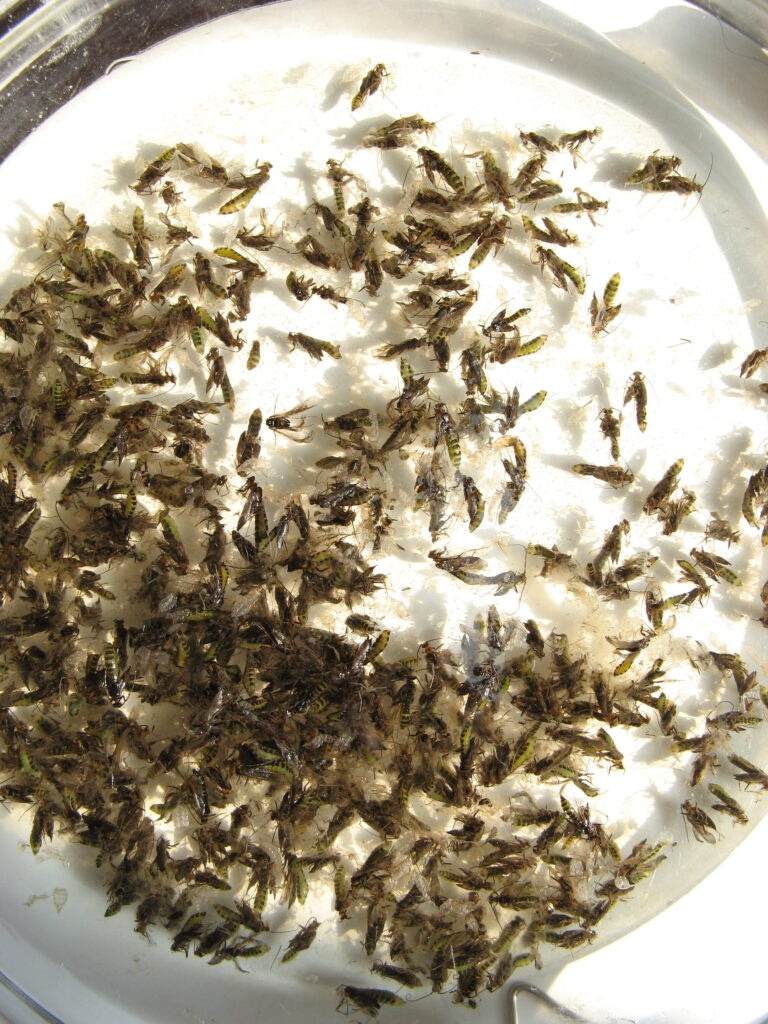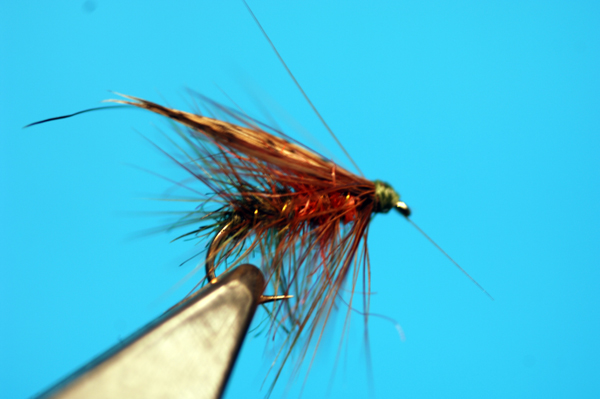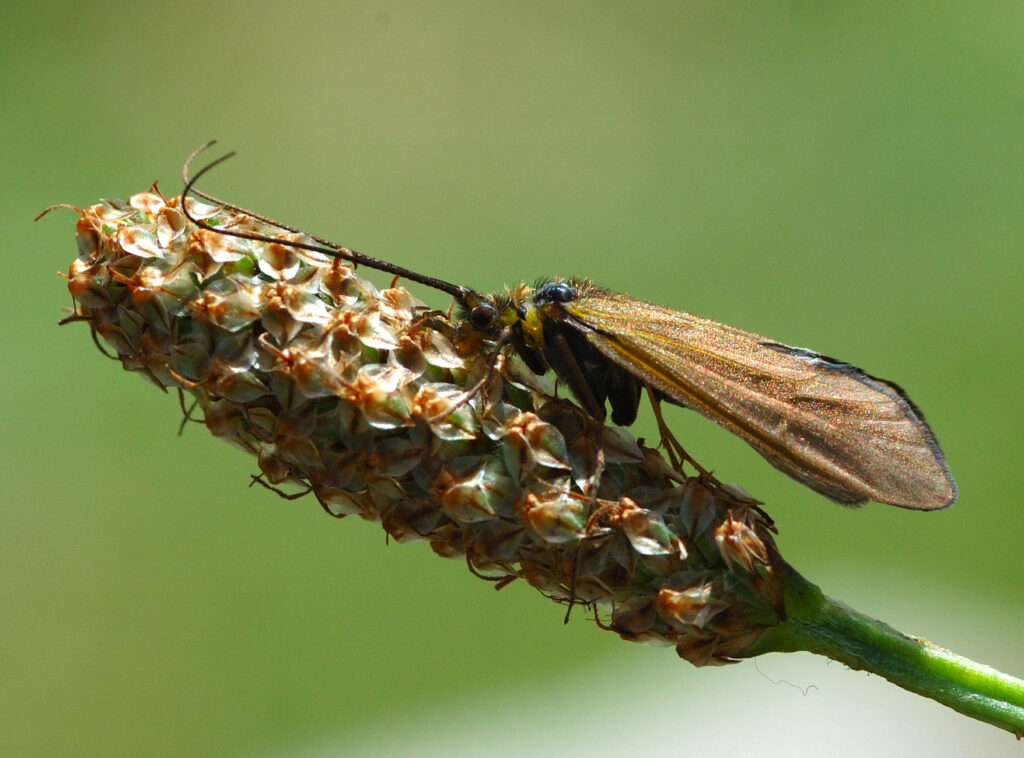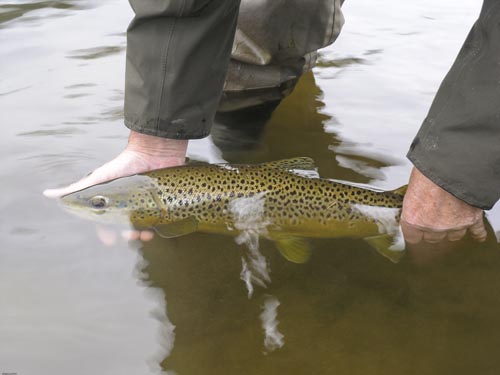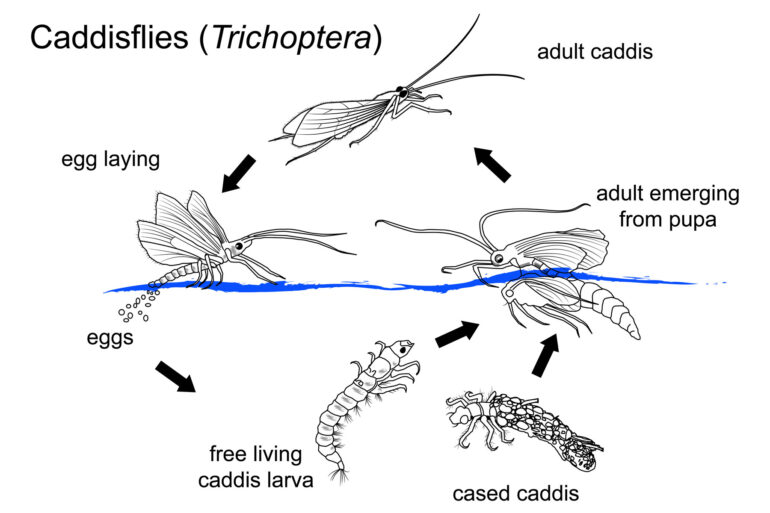
How to Choose the Correct Fly – Part 2 – Caddis Flies (Trichoptera/Sedge)
One species of fly that is often forgotten about in fly-fishing is the caddies fly. Most fly anglers only ever seem to fish it as the light is fading when some large red sedge are skittering across the river surface. These types of flies are far more important to the fish than that. There are literally hundreds of different types of caddies fly that range from the tiniest of insects to some of the largest that we see on both rivers and lakes. The life cycle of these insects is forever constant and they are a common food source for hungry fish. Unlike up-winged flies, these fella’s have evolved with greater efficiency and are perhaps a more complex insect than some others in that from the larval stage they pupate and emerge from the water as a fully mature insect.
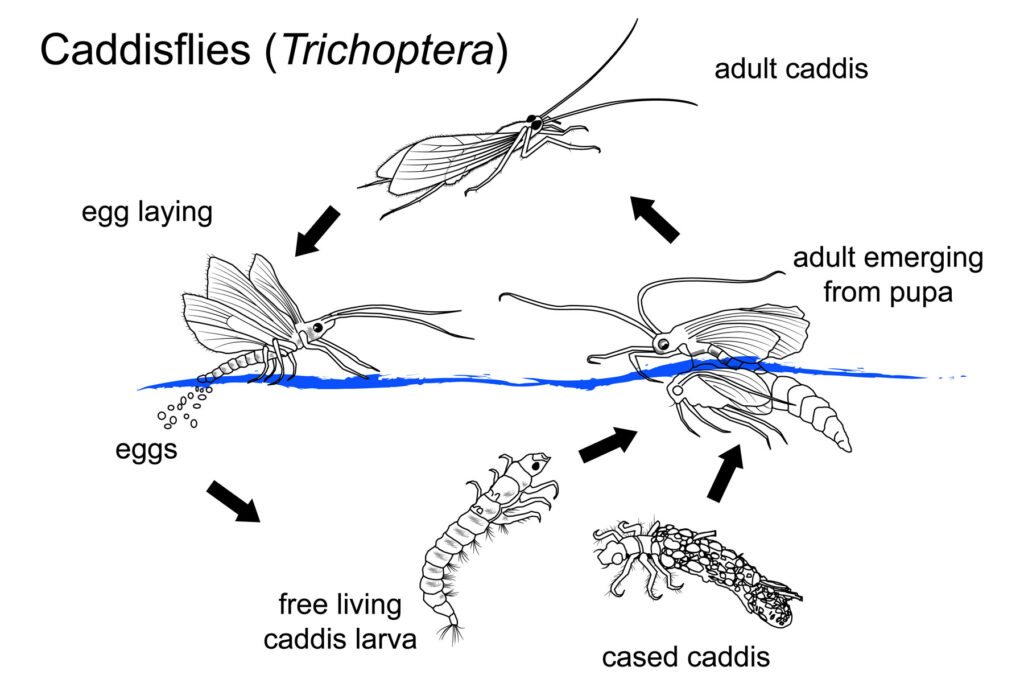
The fish will eat them at all stages of their development and for this reason, an understanding of their habits is required. The eggs are irrelevant but they soon develop into voracious eating machines, the larva. Depending on the species these larvae are either cased or uncased. The cased larva can be free-roaming or permanently attached to rocks in webbed pockets or attached by threads of silk anchored to a stone or rock. The type that moves freely within a case made of either vegetation or grains of sand are the ones we are really interested in as anglers. Trout will often dig for these tasty insects and you can often see a tail break the surface in a shallow run as a trout looks for his meal. (They hunt for Gammarus shrimp in the same manner).
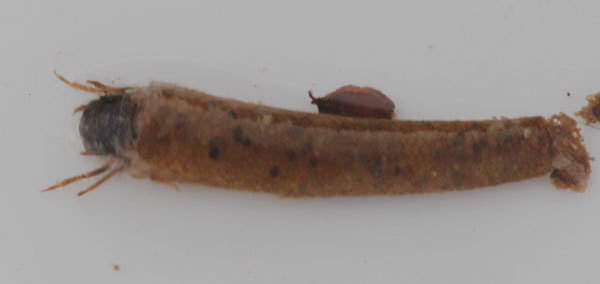 Weighted patterns are excellent for use when representing this type of insect and are normally found in bigger sizes of 10’s. and have a body of clipped deer hair. The caseless larva is perhaps fished more often and can be easily represented with Czech nymph type patterns that can also be taken for Gammarus shrimp. These patterns also tend to be weighted, as the fish would find the natural closer to the bed of the river or lake.
Weighted patterns are excellent for use when representing this type of insect and are normally found in bigger sizes of 10’s. and have a body of clipped deer hair. The caseless larva is perhaps fished more often and can be easily represented with Czech nymph type patterns that can also be taken for Gammarus shrimp. These patterns also tend to be weighted, as the fish would find the natural closer to the bed of the river or lake.
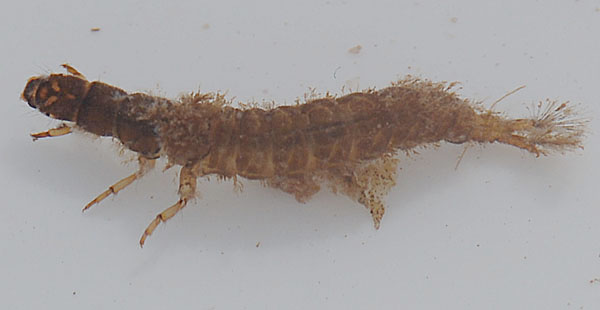 The Czech nymph patterns are varied and need to be chosen to suit what type of caseless caddis may be available. Below are some for you to view.
The Czech nymph patterns are varied and need to be chosen to suit what type of caseless caddis may be available. Below are some for you to view.
Now we come to the part of the life cycle that I really enjoy fishing as it is as exciting and as demanding as fishing the dry fly and that is fishing the pupa. This is the stage when the insect has fed sufficiently and is ready to emerge as an adult. Evolution has allowed this insect to develop into the fully formed adult when in a state of pupation and so the adult rises to the surface contain within the pupa ready to break away from the pupal shuck as it hits the surface film.
The next photograph shows the contents of a harvested trout caught on a Grannum sedge pupa and you can see that it had enjoyed quite a few of the natural’s before the imitation was taken.
Fishing a fly in or upon the surface to a regular rising trout is one of the most exciting aspects of fly fishing as you have to first find your trout, then move stealthily into position so that you can cast to it efficiently and then the whole point of this article is to put on the right fly so that the fish will be deceived, hooked and brought to hand.
There are a number of things that happen as the pupa rises to the surface that is worthy of note and may well help you in your choice of pattern. The first is that the pupa ascends and descends several times before breaking through the surface film. With that in mind, you may well take fish before they rise up into the higher layers of water by using a weighted pupa.
The next point to remember is that in order to break out of the pupal shuck the insect pushes the shuck away by inflating it with gas. This will cause the shuck to shine so a fly with a tiny bit of glitter or tinsel in its design may well help. Lastly, when the fish are feeding in the surface it will often only take the fly that is truly emerging and is part in and out of the film so have some patterns that will achieve this. This simply means that either deer hair, CDC or Snowshoe fur may be needed in the dressing to allow the fly to be suspended in the water where the fish are expecting it. The last phase of the insects’ life comes in two parts firstly the emerging adult and secondly the egg-laying female.
When fish are concentrating on the emerging adult they are often very aggressive in the manner they take the fly. It will often have to be fished causing a wake and the angler will have to skitter the fly across the surface. To get a fly to do this will often require a fair amount of hackle palmered in the body and have the trigger of a roofed wing.
Below is a Concoction a great Welsh pattern used on lakes that can be easily used as a sedge pattern and skittered across the surface. The takes from such methods can be ferocious even when you are expecting it. It can make you jump when it happens and certainly gets the heart pounding.
The egg-laying female acts differently in that they rise and fall to the water dipping their abdomen into the water depositing eggs on each dip. These flies eventually die exhausted and are taken by fish with a simple delicate sipping rise form. Not all caddis deposit their eggs this way, some actually crawl down the banks or vegetation and creep under the water and some simply dive down to the depths to secret their eggs safely on the river bottom.
A great general pattern for the adult is a simple balloon caddis.
Remember it is simply a way of considering what pattern to fish and to perhaps to consider when to change the pattern so you continue to catch the fish.


